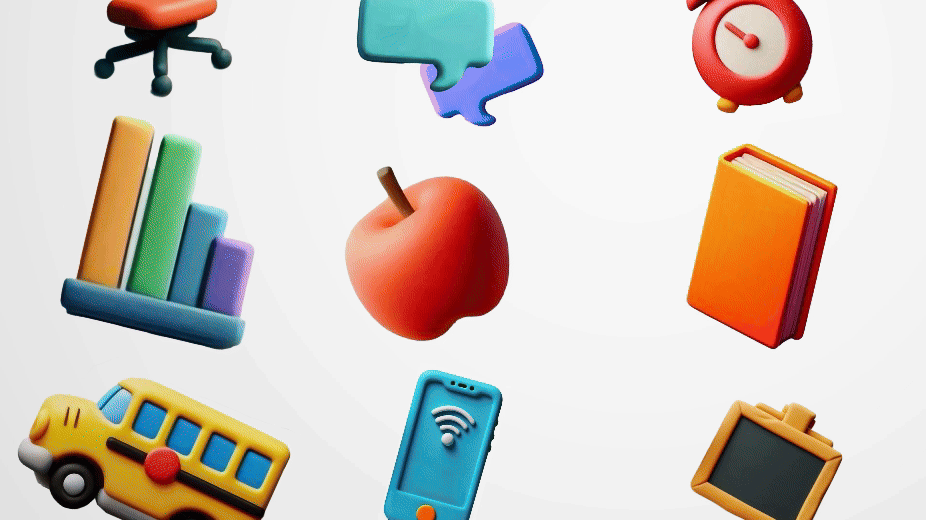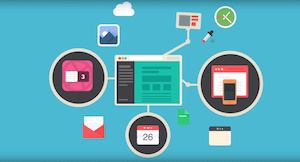
One of the biggest concerns facing education leaders is simply keeping track of the systems used throughout classrooms in the district. Even trickier, do those systems interact nicely with each other?
We're exploring the components of interoperability in this Playbook. How can district leaders create a system designed to maximize time spent teaching and learning while minimizing data entry time? Let's look at the pieces of the puzzle, talk about asking the right questions, and look to the future of interoperability.
1) What are interoperability standards?
Interoperability affects every level of the school population—from students enjoying single-sign on access to practice programs, to teachers embedding assignments into digital content, to administrators reviewing achievement trends in real time.Though the benefits add up quickly, interoperability takes careful planning to achieve. Never fear—there are guidelines in place to map out the systems that will work together and continue to stay connected for years to come, thanks to K12 interoperability data standards. These standards give vendors and schools a common language, rubric, and expectation for what exactly makes systems operate seamlessly together.
2) Asking interoperability questions
Identifying and building the components of a connected system is equal parts art and science. It’s important to know the tech specs of a system, but equally important is the capability to ask vendors for a rundown on how interoperability works from their perspective.3) Build a connected system
Creating a system built for interoperability can be a huge source of savings for your district, whether it’s time, money, headaches, or all three.
4) The future of interoperability
Systems designed to facilitate the open transfer of content between all classrooms in the district makes truly personalized learning possible. Longitudinal data and content carried consistently year after year from classroom to classroom makes a huge impact on individual student achievement. But as we look into the future, should we expect continued growth in K12 schools? Absolutely.Follow-up resources: More EdTech Playbooks like this
- Get started with social media in the Twitter Playbook for Educators
- Familiarize yourself with terminology and use cases in the School Data Playbook
- Learn how to leverage an underappreciated communication resource in the Parent Portal Playbook
- Build a stronger web presence with the District Website Playbook
- Change the course of professional development forever with the Digital Badging Playbook
WHAT'S NEXT FOR YOUR EDTECH? The right combo of tools & support retains staff and serves students better. We'd love to help. Visit skyward.com/get-started to learn more.

|
Rebecca Gaboda Playbook Host |




